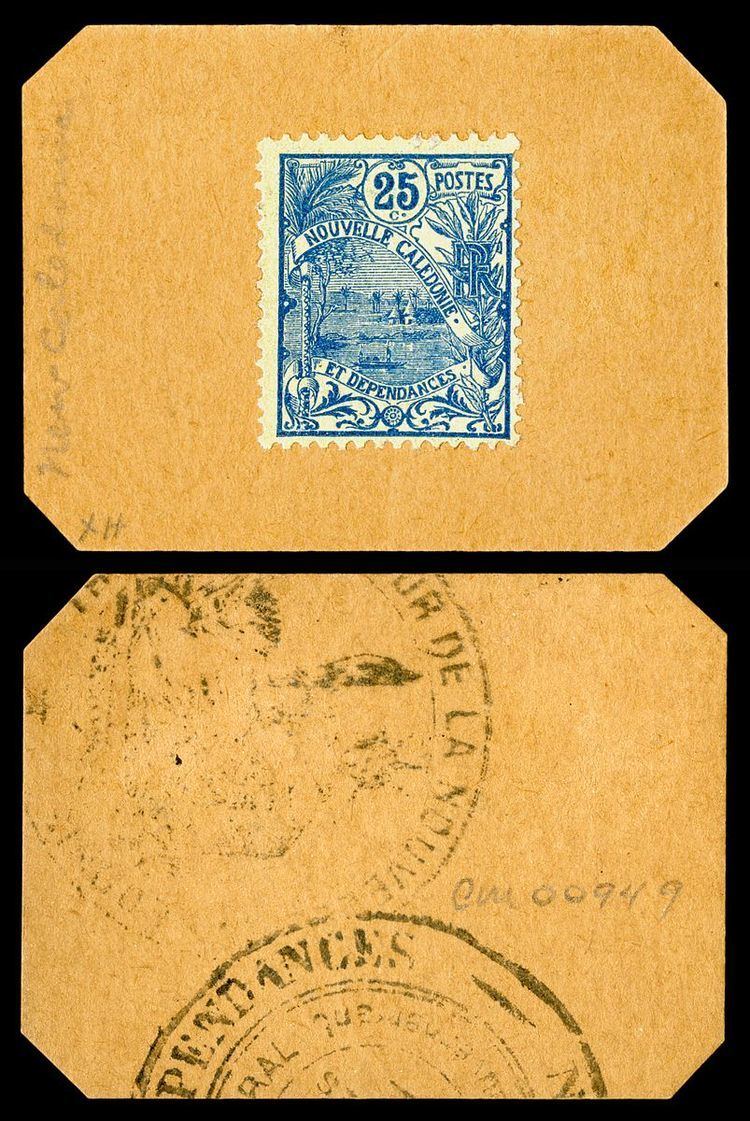 | ||
The franc is the currency of New Caledonia and Wallis and Futuna. It is subdivided into 100 centimes. Since 1945, it has been part of the CFP franc.
Contents
History
Until 1873, the French franc circulated on New Caledonia. That year banknotes were issued specifically for use on the island which circulated along with French coins. In 1945, the CFP franc was introduced, with coins issued for New Caledonia from 1949. The CFP franc is also issued in French Polynesia and was used in the New Hebrides until 1983. Since 1985, banknotes have been issued common to both New Caledonia and French Polynesia, although separate coinages continue.
Coins
In 1949, aluminium 50 centimes, 1 and 2 francs were introduced, followed by aluminium 5 francs in 1952. The 50 centimes was only issued in 1949. In 1967, nickel 10, 20 and 50 francs were introduced, followed by nickel-bronze 100 francs in 1976.
The overall design of the coins has not changed since their introduction and the obverse has always been identical to that of the coins of the French Polynesian franc. The only notable changes were the removal of the text "Union Française" after 1952 and the addition of the initials "I.E.O.M" (Institut d'émission d'Outre-Mer) to the obverse in 1972.
There are currently seven denominations in circulation. Only the 50 centimes has ceased to circulate. The 1, 2 and 5 francs all feature the national bird, the kagu. The 10 francs features a boat of the indigenous tribes. The 20 francs features the heads of three cattle facing left. The 50 and 100 francs feature the same design. They have a hut of the indigenous peoples, with a palm tree behind it, and three palm leaves surrounding.
